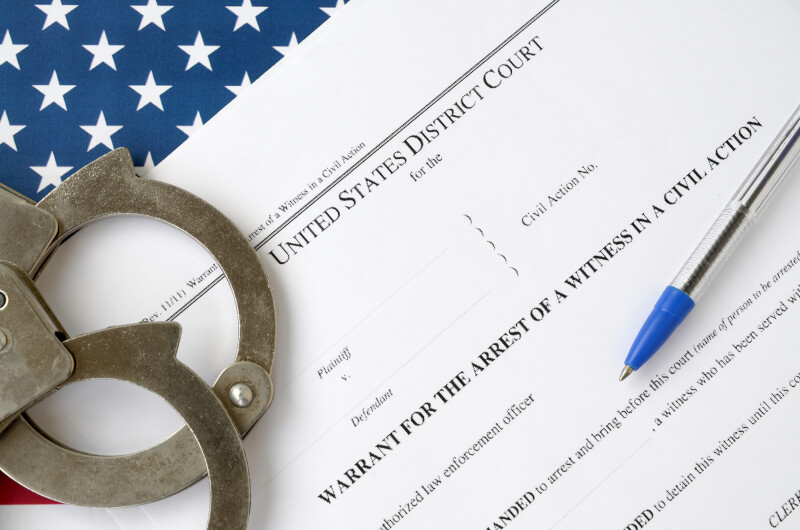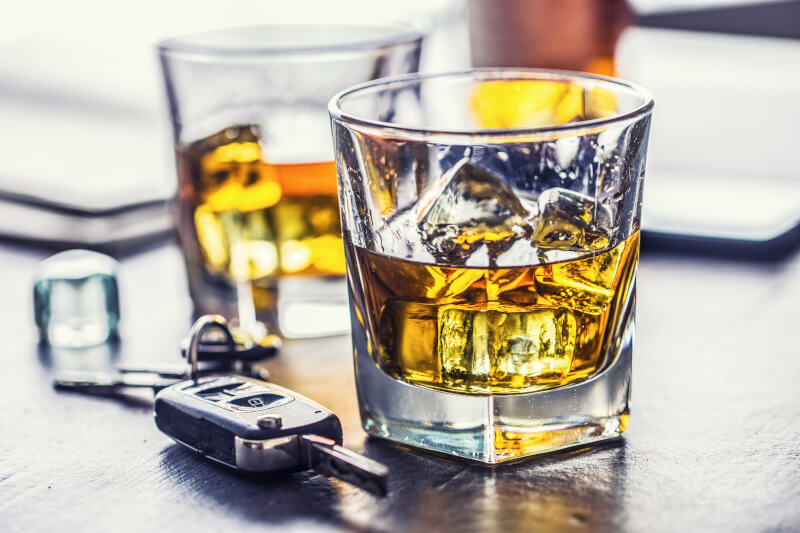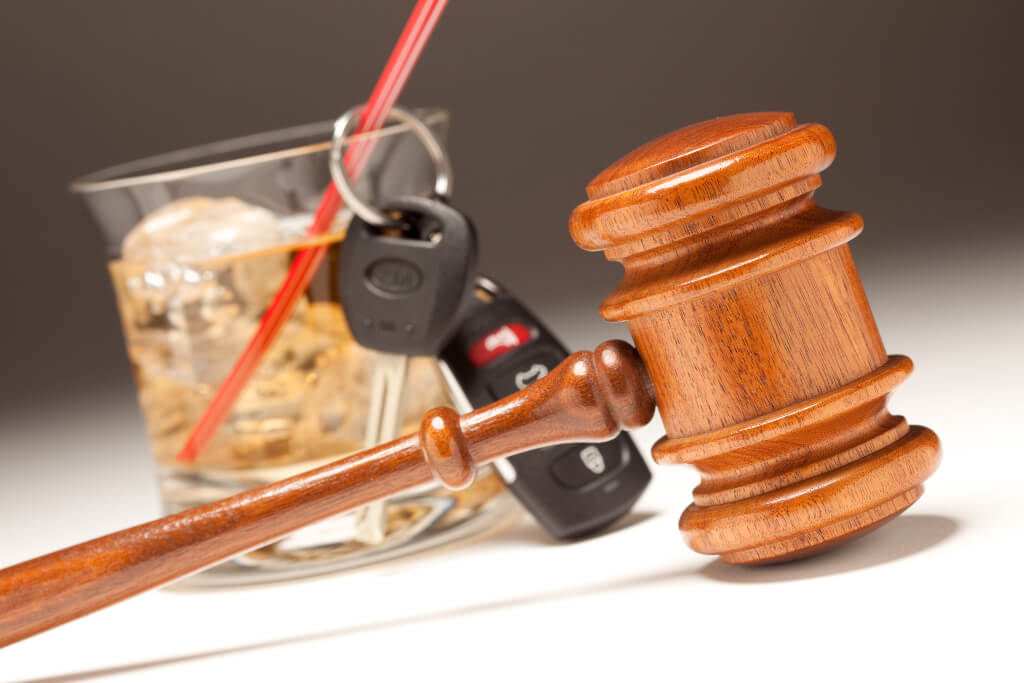The laws and social norms regarding drunk driving in the United States have changed significantly over the past several decades. Although national standards for permissible BAC levels are set at the federal level, punishments for exceeding those levels vary widely from state to state. In order to assist you with a better understanding of the legal alcohol limits in various parts of the United States, we have compiled this useful reference to give you an idea of how each state enforces and punishes drunk driving laws.
The Legal Drinking Age in the USA
In the United States, a driver’s blood alcohol concentration (BAC) cannot exceed 0.08 %. This is the level of alcohol in the blood usually believed to be the line between “buzzed” and impaired, and it typically takes a minimum of two to three drinks for most people to reach it.
The national legal limit for blood alcohol concentration while driving was around 0.1% until the 1980s. As a result of a large number of alcohol-related traffic accidents and fatalities, it was decided that the legal limit should be decreased to 0.08%.
In 1983, Utah became the first state to implement the new BAC limit of 0.08%; it took the remaining 49 states just over two decades to follow suit. While the implementation of the revised limit by some states was slow and reluctant, by 2004 all 50 had adopted the new standard.
The federal government’s threat to withdraw funds from states that refused to accept the new policy was a crucial influence in getting the remaining states on board. The current BAC limit in the United States is 0.08%, although state regulations governing DUI enforcement and penalties vary widely from one another.
State-Specific DUI Penalties

While there is now a unified guideline across all 50 states for the legal blood alcohol level for driving, penalties for driving while intoxicated vary widely from one state to the next. Some states have more relaxed laws, while others have become notorious for their astronomical fines and elaborate alcohol monitoring systems.
It’s also worth noting that in 2019, Utah became the only state in the United States to have a lower BAC limit than the federal limit. The state has cut the permissible BAC limit to 0.05%, which for some persons is equivalent to having consumed more than double the legal limit of alcohol.
Among the highest DUI fines in the US may be found in states like California and Tennessee. These jurisdictions likewise have strict sentencing guidelines for DUI offenders, with harsher penalties applied to individuals with greater BACs.
To discourage people who have been convicted of driving under the influence many times, numerous jurisdictions have implemented stricter penalties. One such device is a breathalyzer that is permanently connected to the car’s ignition system and prompts the driver to re-test at regular intervals.
In other cases, states may replace harsher sentences like jail time with a lifetime ban on alcohol use for repeat DUI offenders. Bands worn on the wrist or ankle can detect the presence of alcohol and send a signal to authorities.
When it pertains to recurrent offenders, certain states are recognized for permanent license revocation, while others revoke or suspend licenses temporarily. These restrictions exist to discourage drunk driving, and research has shown that jurisdictions with stricter punishments succeed in doing so. Even if “more lenient” is a relative term, certain states have earned a reputation for having lighter DUI laws than others. DUI offenses can cost thousands of dollars, even in areas with lenient sentencing laws.
Some states, such as Ohio and Kentucky, have a notoriety for being “less strict” in their approach to criminal punishment. In certain regions, even repeat DUI offenders are not required to serve jail time in addition to the license suspension and fines they get.
There are now three states that require first-time DUI offenders to serve at least 10 days in jail. These mandated minimums are enforced in three of the strictest states in the US when it involves DUI penalties: Arizona, Georgia, and Oklahoma.
However, some states have comparatively lenient DUI penalties in comparison to other parts of the country. Fines and license suspensions in North and South Dakota, Idaho, and Michigan are far lower than in many other states, and there is no mandatory jail time for DUI offenders in these jurisdictions.
That being said, to provide a clear understanding of the differences in DUI penalties across various states, refer to the table below which highlights the BAC limits and related penalties in different U.S. states:
| State | Legal BAC Limit for Adults | Legal BAC Limit for Under 21 | Penalties for Exceeding Legal BAC Limit |
|---|---|---|---|
| Utah | 0.05% | Zero Tolerance Policy (Specifics not mentioned) | Stricter BAC limit than national standard |
| California | 0.08% | 0.01-0.02% (Based on zero-tolerance policy) | High fines, strict sentencing guidelines |
| Tennessee | 0.08% | 0.01-0.02% (Based on zero-tolerance policy) | High fines, strict sentencing guidelines |
| Ohio | 0.08% | 0.01-0.02% (Based on zero-tolerance policy) | Less strict criminal punishment |
| Kentucky | 0.08% | 0.01-0.02% (Based on zero-tolerance policy) | Less strict criminal punishment |
| Arizona | 0.08% | 0.01-0.02% (Based on zero-tolerance policy) | At least 10 days jail time for first-time offenders |
| Georgia | 0.08% | 0.01-0.02% (Based on zero-tolerance policy) | At least 10 days jail time for first-time offenders |
| Oklahoma | 0.08% | 0.01-0.02% (Based on zero-tolerance policy) | At least 10 days jail time for first-time offenders |
| North Dakota | 0.08% | 0.01-0.02% (Based on zero-tolerance policy) | Comparatively lenient penalties |
| South Dakota | 0.08% | 0.01-0.02% (Based on zero-tolerance policy) | Comparatively lenient penalties |
| Idaho | 0.08% | 0.01-0.02% (Based on zero-tolerance policy) | Harsher penalties for high BAC; lenient DUI penalties |
| Michigan | 0.08% | 0.01-0.02% (Based on zero-tolerance policy) | No mandatory jail time for DUI offenders |
Zero Tolerance Limits

While the term “zero tolerance” may sound self-explanatory, different states have varying definitions of the term, and these limits only apply to drivers under the age of 21. Some jurisdictions prohibit any BAC above 0.0 for juveniles, while others set a lower limit of 0.02.
Driving under the influence of alcohol is illegal in the United States for anybody under the age of 21, and this rule went into force about the same time as the.08 BAC level. Under the new government zero-tolerance policy, drivers under the age of 21 can only have a blood alcohol concentration (BAC) of 0.2.
The 0.02% cutoff was established to allow for the presence of even minute amounts of alcohol in a person’s bloodstream. Concerns about the possibility of false positive results due to mouthwash or other forms of hygiene products motivated the inclusion of this modest percentage. 42 states have a.02 BAC “zero tolerance” level for minors, while the other 8 have stricter standards of either.01 or 0.0 BAC. It’s also important to remember that many states have punishments for children that are just as harsh, if not harsher, than those for adults.
Heightened Limits on Retribution
When a driver is discovered with a very high blood alcohol level, the sanctions for the offense tend to be more severe. These harsher punishments are aimed at repeat offenders who represent the greatest threat to other road users and pedestrians.
The 0.15% figure is one of the more common cutoffs for enhanced penalties in all 50 states. If a driver’s blood alcohol concentration (BAC) is 0.15% or greater, they are close to or over twice the legal limit of 0.8%. At this point, the driver’s ability to safely operate a motor vehicle is seriously compromised, placing everyone on the road in danger. Fines and license suspensions/revocations have been increased across the board.
However, there are a few states with more stringent regulations than the others, with restrictions on enhanced penalties that are far lower than the national average of 0.15 to 0.17%.
There are three states with significantly harsher penalties than the rest of the country: Idaho, Massachusetts, and Tennessee. However, the threshold for higher penalties on particularly severe DUI offenses is not explicitly mentioned in some states like Alabama, Vermont, Maryland, Mississippi, Montana, and Oregon.
There is no laughing matter when it comes to drunk driving, which is why several regulations have been enacted over the years to discourage this risky practice. The United States lowered its national blood alcohol content limit from 0.01 to 0.08 in the 1980s. While all states have adopted this limit, there remains significant variation in DUI penalties from state to state. Furthermore, “zero tolerance policies” for drivers under the age of 21 and increased penalty criteria for more serious DUI offenses vary by state.
Planning with a sober driver or ridesharing service to get you home safely is an essential component of drinking responsibly, irrespective of the state in which you reside.

